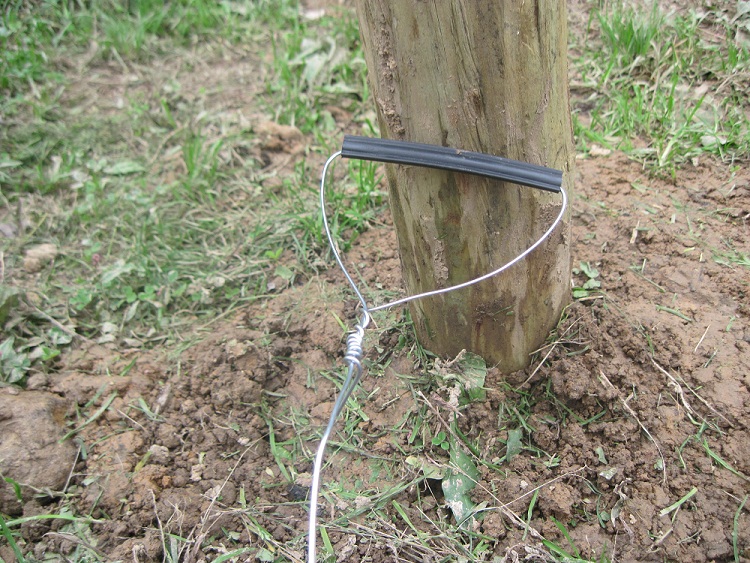ThePigeonKid
Chillin' with the herd
I'm putting up an electric fence and I've been learning how to do it from info off the internet. I think I've got this right, but I want to be certain...
Is this how you are supposed to do the corner posts?

Is this how you are supposed to do the corner posts?


